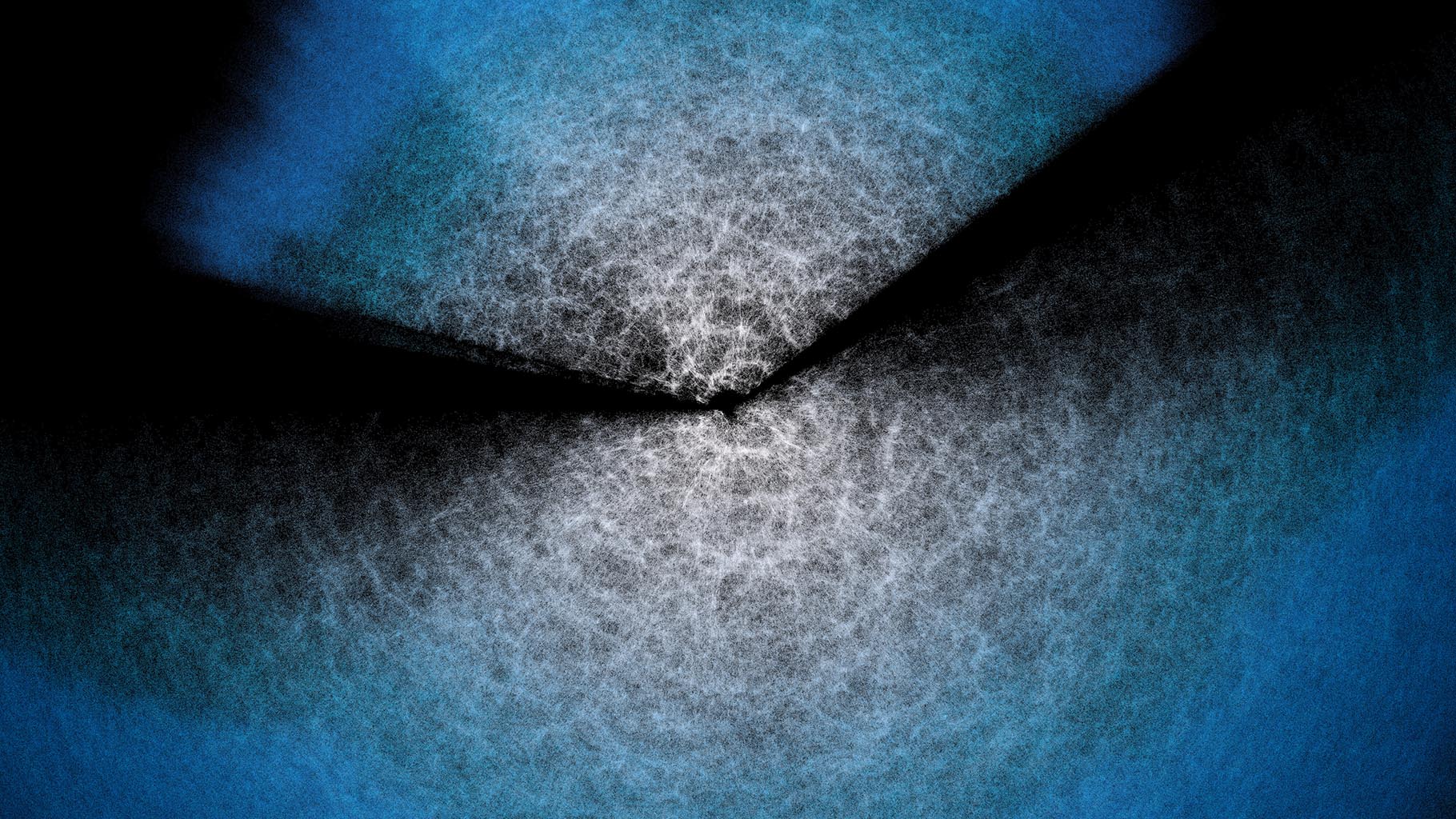Tantalizing Hints That Dark Energy is Evolving — New Results and Data Released by the DESI Project

The DESI collaboration has published a new analysis of dark energy using their first three years of collected data, which spans nearly 15 million galaxies and quasars. Combined with studies of the cosmic microwave background, supernovae, and weak lensing, the analysis hints that dark energy changes over time. Data Release 1, containing data from DESI’s survey validation and first year of observations, has now been made available for scientists and the public to explore.
The fate of the Universe hinges on the balance between matter and dark energy — the fundamental ingredient that drives its accelerating expansion. New results from the Dark Energy Spectroscopic Instrument (DESI) collaboration use the largest 3D map of our Universe ever made to track dark energy’s influence over the past 11 billion years. Researchers see hints that dark energy, widely thought to be a ‘cosmological constant’, might be evolving over time in unexpected ways.
DESI is an international experiment with more than 900 researchers from over 70 institutions around the world. DESI is managed by the U.S. Department of Energy’s Lawrence Berkeley National Laboratory (LBNL) with primary funding from the Department’s Office of Science. The instrument is mounted on the U.S. National Science Foundation Nicholas U. Mayall 4-meter Telescope at Kitt Peak National Observatory, a Program of NSF NOIRLab.
The collaboration shared their findings today in multiple papers that will be posted on the online repository arXiv and in a presentation at the American Physical Society’s Global Physics Summit in Anaheim, California.
“The Universe never ceases to amaze and surprise us,” says Arjun Dey, NOIRLab’s DESI Project Scientist and Mid-Scale Observatories’ Associate Director for Strategic Initiatives. “By revealing the evolving textures of the fabric of our Universe as never before, DESI and the Mayall telescope are changing our very understanding of the future of our Universe and nature itself.”
Taken alone, DESI’s data are consistent with our standard model of the Universe: Lambda CDM, where CDM is cold dark matter and lambda represents the simplest case of dark energy, where it acts as a cosmological constant. However, when paired with other measurements, there are mounting indications that the impact of dark energy may be weakening over time and that other models may be a better fit.
Those other measurements include the light leftover from the dawn of the Universe (the cosmic microwave background or CMB), distance measurements of exploding stars (supernovae), and observations of how light from distant galaxies is warped by the gravitational influence of dark matter (weak lensing).
So far, the preference for an evolving dark energy has not risen to ‘5 sigma’ — the gold standard in physics that represents the commonly accepted threshold for a discovery. However, different combinations of DESI data with the CMB, weak lensing, and supernovae sets range from 2.8 to 4.2 sigma [1].
The analysis used a technique to hide the results from the scientists until the end, mitigating any unconscious bias about the data. This approach sets a new standard in how data from large spectroscopic surveys are analyzed.
